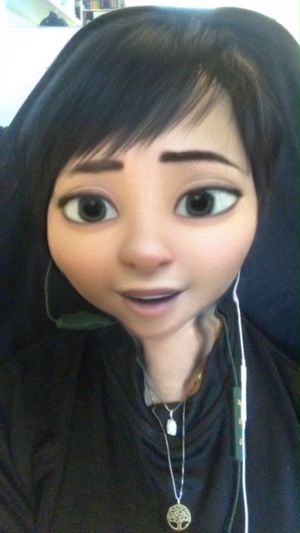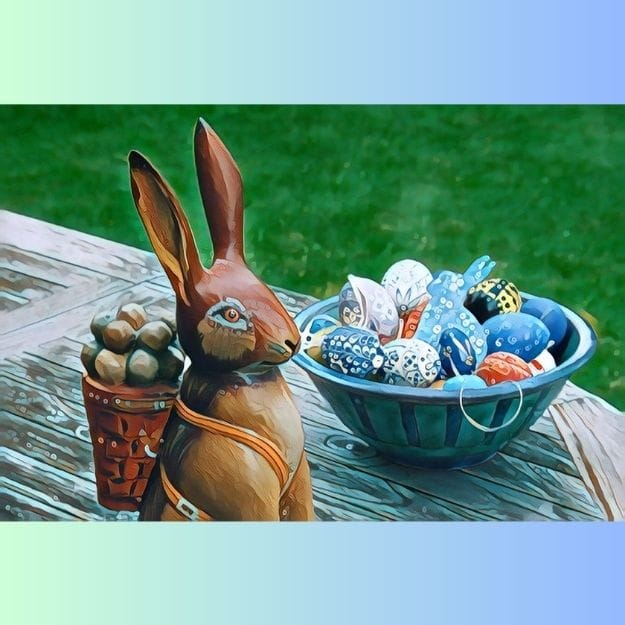Key Takeaways:
- Understand the origins and evolution of the Easter Bunny tradition.
- Discover how the Easter Bunny is celebrated around the world.
- Learn fun ways to incorporate the Easter Bunny into your Easter festivities.
The Easter Bunny is a symbol that has hopped its way into the hearts of many during the spring season ... This festive hare is not just a cute face; it carries a rich history and a basket full of traditions that vary across the globe.
In this post, we'll explore everything from the origins of the Easter Bunny to modern-day celebrations and how you can make the most of this hoppy holiday.
The Origins of the Easter Bunny
The story of the Easter Bunny begins in the fertile grounds of history and folklore.
It is believed that the character of the Easter Bunny first arrived in America in the 1700s with German immigrants who settled in Pennsylvania. They brought with them tales of an egg-laying hare called "Osterhase" or "Oschter Haws." Children would make nests for this creature to lay its colored eggs.
Over time, the tradition spread across the United States, and the fabled bunny’s Easter morning deliveries expanded to include chocolate and other types of candy and gifts.
Easter Bunny Traditions Around the World
While the Easter Bunny is a prominent figure in American Easter celebrations, it's interesting to note how different cultures have their own versions of this holiday character.
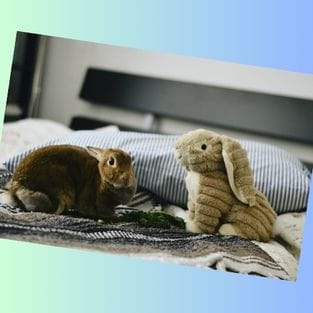
For instance ...
- in Australia, where rabbits are considered pests, the Easter Bilby is promoted as an alternative.
- In Sweden and parts of Finland, children dress up as Easter witches and go door-to-door, similar to Halloween, in exchange for sweets.
Symbolism and Significance
The rabbit or hare has been a symbol of fertility and new life throughout history, owing to their high reproduction rates. This symbolism aligns perfectly with the themes of springtime and renewal that are central to the Easter holiday.
The Easter Bunny, therefore, is not just a playful character for children but also a representation of the season's life-affirming qualities.
The Easter Bunny in Literature and Popular Culture
The Easter Bunny has hopped its way into books, movies, and television, becoming a cultural icon.
From Beatrix Potter's "Peter Rabbit" to the modern children's classic "The Tale of the Easter Bunny" by Katherine Tegen, literature has played a significant role in shaping the image of the Easter Bunny.
In film, the character has appeared in various forms, from the comedic "Hop" to the holiday staple "Here Comes Peter Cottontail."
Easter Bunny Activities and Crafts
Engaging in Easter Bunny-related activities is a wonderful way to celebrate the holiday.
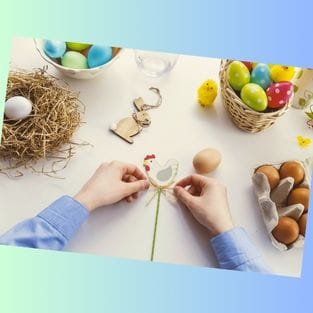
Families can create their own Easter Bunny traditions with crafts like making bunny ears, decorating Easter eggs, or setting up a bunny-themed scavenger hunt. These activities not only add to the festive atmosphere but also provide an opportunity for family bonding and creative expression.
The Easter Bunny and Easter Egg Hunts
One of the most beloved Easter traditions is the Easter egg hunt. The Easter Bunny is said to hide eggs around the yard or home for children to find on Easter morning.
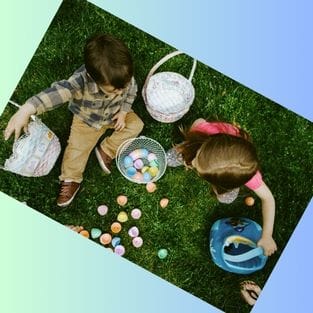
This fun activity not only delights children but also encourages them to be active and engage in play. Many communities also host their own egg hunts, often with a special appearance by the Easter Bunny himself.
The Commercialization of the Easter Bunny
As with many holiday figures, the Easter Bunny has become a commercial icon. From chocolate bunnies to plush toys, the market is flooded with Easter Bunny merchandise every spring.
While some criticize the commercialization, others see it as an extension of the joy and whimsy that the Easter Bunny brings to the holiday.
Easter Bunny Treats and Recipes
No Easter celebration would be complete without a spread of delicious treats. Many bakers take inspiration from the Easter Bunny, creating bunny-shaped cookies, cakes, and even bread.
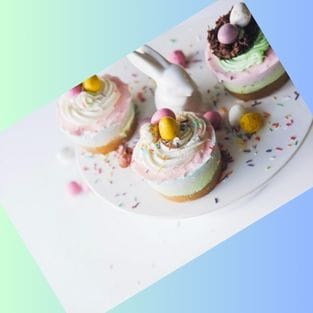
Chocolate bunnies and candy eggs are also staples, with countless varieties available to satisfy any sweet tooth.
Incorporating the Easter Bunny into Your Celebration
There are countless ways to include the Easter Bunny in your holiday festivities. Whether you're hosting an Easter brunch, organizing a community event, or simply spending time with family, adding elements of the Easter Bunny tradition can make the occasion more memorable.
Consider personalized Easter baskets, bunny-themed games, or even a costumed Easter Bunny visit for the little ones.
The Future of the Easter Bunny Tradition
As society evolves, so do our holiday traditions. The Easter Bunny has already seen many changes throughout its history, and it will continue to adapt to the times.
It's exciting to think about how future generations will celebrate the Easter Bunny and what new traditions will emerge.
FAQ Section
Q: Where did the Easter Bunny originate?
A: The Easter Bunny originated among German immigrants in Pennsylvania, America, in the 1700s, based on their tradition of an egg-laying hare called "Osterhase" or "Oschter Haws."
Q: What does the Easter Bunny symbolize?
A: The Easter Bunny symbolizes fertility, new life, and the renewal of spring, which aligns with the themes of the Easter holiday.
Q: How can I incorporate the Easter Bunny into my Easter celebration?
A: You can incorporate the Easter Bunny into your celebration by engaging in activities such as
- decorating Easter eggs,
- organizing an Easter egg hunt,
- making bunny-themed crafts, preparing bunny-shaped treats, or
- inviting a costumed Easter Bunny for a special visit.
Your Takeaway
The Easter Bunny is a character rich in history and significance, embodying the spirit of spring and the joy of Easter.
From its origins to modern-day celebrations, the Easter Bunny continues to be a beloved figure in Easter festivities around the world.
By understanding its roots and embracing the various ways to celebrate, families can create lasting memories and enjoy the holiday to its fullest.

